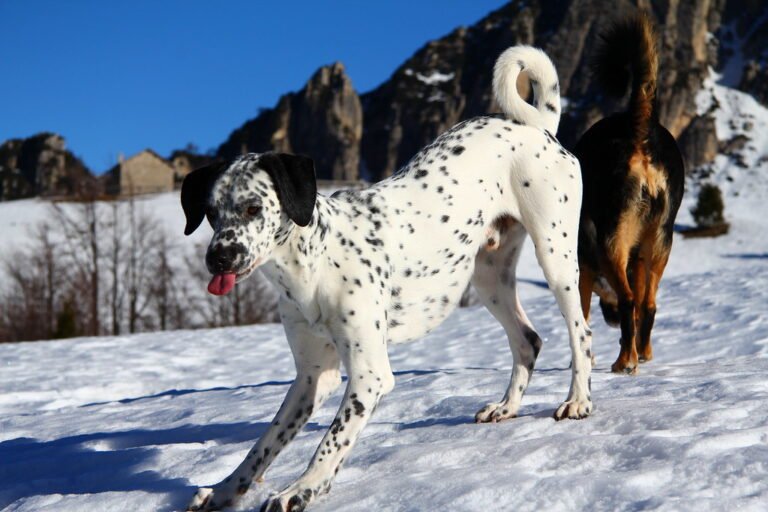Let’s Talk About Parvo And Why It Alarms Dog Owners
Before checking out dog parvovirus symptoms, let us take a look at what Parvo (parvovirus) is, what it can do to your dog, and how it is spread.
Origins
Parvovirus was first identified in 1978 and within two years it had spread all over the world. Over the years, the parvo virus has mutated into two different strains and there is evidence of a third strain present in Italy, Spain and Vietnam. Every case of canine parvovirus (CPV) comes from the first two strains. Every different species has its own parvovirus and it cannot be spread outside of the species, so there is a human parvovirus, a canine parvovirus, a feline parvovirus, and so on.
Even though the virus cannot be spread from a cat to a dog or from a bird to a cat, they can spread the virus through contact. For instance, your cat wanders through the neighbor’s yard and picks up the virus on her feet. She can then bring it into your home potentially infecting any dogs on the property.

The parvovirus works in one of two ways: through the heart or the intestines. The intestinal infection is picked up by an animal through oral contact with contaminated feces. In other words, a dog has to come into contaminated feces from another dog. The intestinal dog parvovirus symptoms happen when the virus attacks rapidly dividing cells in the intestinal crypts, lymph nodes and bone marrow. This allows normally occurring bacteria from the intestine to enter the blood stream make the animal contagious. The virus is shed in the stool for up to three weeks making this disease very contagious to non-vaccinated pets.
The cardio form of this infection is often seen in puppies that are infected from the womb or shortly after birth. It is well worth noting that the cardiac form of CPV is not as common since the mother passes immunity on to her puppies from birth. The parvovirus then attacks the heart in the infected puppy and death results shortly thereafter.
Symptoms
Symptoms of CPV usually present within 3-10 days of contact and they include lethargy, vomiting, fever and diarrhea. The diarrhea then causes severe dehydration and secondary infections. These are the actual causes of death rather than the virus itself.
Survival rate depends on how quickly parvo virus is diagnosed and treatment is begun. If it is not caught early enough, the best treatment is an IV through which fluids are pushed to re-hydrate the dog more quickly. In addition to the fluids, antibiotic and anti-nausea shots may be given intramuscularly. With the proper care the prognosis is good, but without it your dog is sentenced to an early death.
A veterinarian will recommend that you get your pet vaccinated against parvovirus approximately eight weeks after the puppy is weaned. With the prevalence of parvovirus and its ability to kill, a great deal of precaution should be taken to protect your dog.







